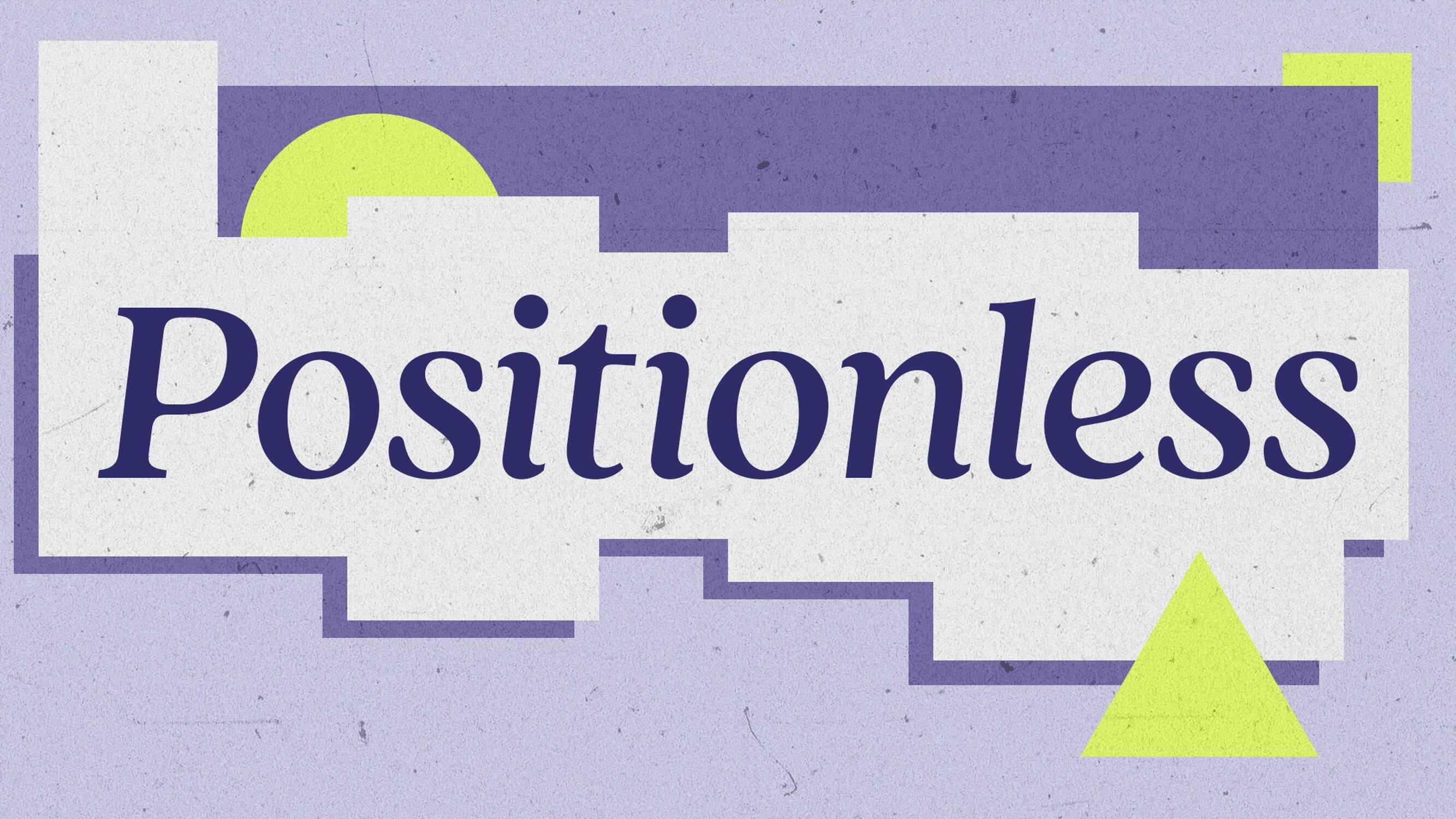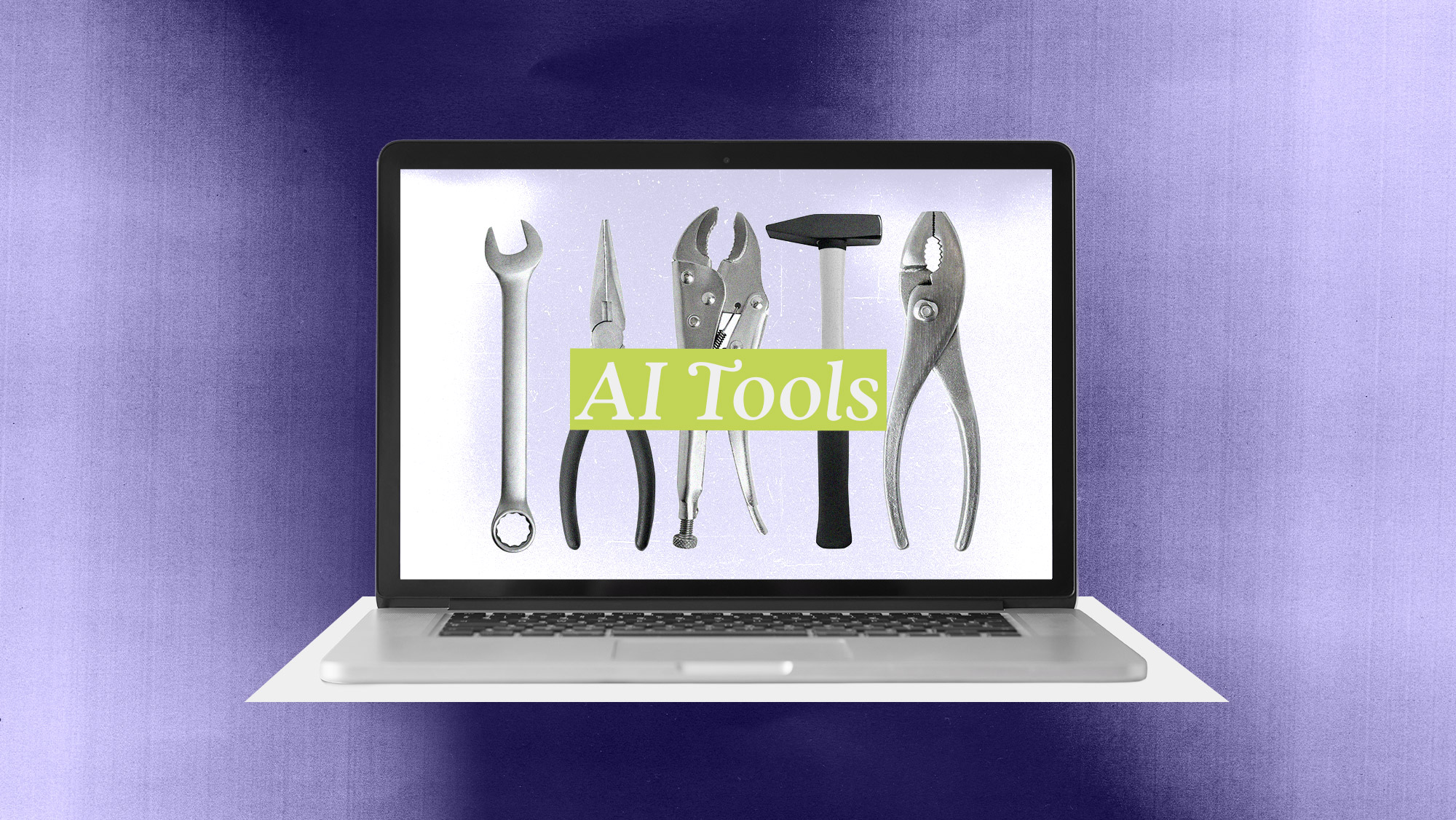Creating seamless omnichannel experiences is crucial for brand success, yielding a 10% YoY revenue increase and maintaining a 90% customer retention rate. Businesses foster lasting brand-customer relationships by consistently delivering precise messages through robust omnichannel platforms, ensuring long-term loyalty and increased customer lifetime value.
- Omnichannel experiences yield a 10% YoY revenue increase and retain 90% of customers, emphasizing their crucial role in brand success.
- The omnichannel approach is pivotal, with 85% of consumer shopping journeys spanning multiple touchpoints, highlighting the need for consistent engagement across channels.
- Omnichannel campaigns boast a nearly 19% engagement rate, significantly surpassing single-channel efforts, demonstrating their effectiveness in capturing audience attention.
- Across various industries, from retail to finance and travel, an effective omnichannel strategy increases customer engagement and loyalty and provides a nearly 10% YoY revenue boost.
- The omnichannel strategy puts the spotlight on customers, meeting them with personalized content wherever they are, fostering brand loyalty and positive customer experiences.
Today’s consumers want to interact with the brands they love 24/7; on your app, store, and social media feeds and website. And naturally, savvy marketing teams will address these needs through a robust omnichannel strategy. Delivering consistent, personalized messaging and content across multiple channels elevates engagement, cultivates trust and loyalty, and ultimately boosts the bottom line. Brands that bring consistently relevant and valuable omnichannel experiences enjoy an almost 10% year-on-year increase in revenues and retain 90% of their customers on average (Aberdeen Group).m
Here’s why creating an optimum omnichannel experience is worth the time and effort:
- Most consumer shopping journeys are spread across multiple touchpoints, with up to 85% starting their purchasing journey on one device and finishing it on another (Google).
- Purchase frequency is 250% higher across omnichannel vs. single channel (Aberdeen Group)
- And customer retention rates are 90% higher for omnichannel vs. single channel (Aberdeen Group)
- Customers spend 10% more online and 4% more in-store than customers provided with a single-channel experience (Harvard Business Review)
- Omnichannel campaigns can enjoy a near 19% engagement rate, compared to a 5.4% engagement rate on a single channel (Aberdeen Group)
- Businesses that have adopted a robust omnichannel customer engagement strategy retain, on average, 89% of their customers, compared to just 33% for companies with weak omnichannel customer engagement (Aberdeen Group)
- Marketing campaigns running across three or more channels see a nearly 500% higher purchase rate than campaigns that use just a single channel (Omnisend)
- 50% of the highest-performing businesses provide customers with omnichannel support (Zendesk)
By putting your target audience in the spotlight wherever you’re communicating with them, a well-oiled omnichannel platform provides the opportunity to walk them effortlessly through the ideal customer journey. The result? Delighted customers with no interest in playing the field regarding loyalty.
- Omnichannel strategy is better for your brand. Omnichannel marketing uses customer demographics, preferences, and historical interactions to create a consistent and unified brand experience across all touchpoints.
- A great omnichannel experience is better for customers. Instead of marketing efforts focusing on a single platform or channel, the spotlight is on the customer - exactly where they want it to be.
- Omnichannel is better for increasing engagement and retention. Consumers crave convenience, so when you consistently meet your audience with relevant, personalized messaging wherever you find them - Instagram, email, SMS, in-store, take your pick - they’ll want to stick around.
- Retaining happy and engaged customers means omnichannel is better for your bottom line - businesses that have adopted a winning omnichannel strategy enjoy a near 10% year-on-year increase in annual revenue.
Ultimately, a great omnichannel experience isn’t about being everywhere - it’s about being where your customers are and greeting them with personalized content. So, what might that look like in different industries? We’ve picked three industries where omnichannel marketing is making huge strides and provided a few use-case examples to inspire you.
Omnichannel Retail Marketing
Omnichannel retail provides a unified shopping experience across various touchpoints, allowing consumers to move seamlessly between the physical and the digital.
This approach provides numerous benefits for retailers, including increased customer engagement and loyalty, improved data tracking and analysis, reach to a wider customer base, and the ability to provide a consistent brand experience across channels.
Here are a few examples of what a great omnichannel experience might look like in retail:
- Providing relevant, personalized product recommendations based on historical purchases
- Offering frictionless, reliable customer support when it’s needed; no matter the device consumers are using or the channel they’re on (think in-app chat, a ‘call me back CTA on your homepage, an in-app product-location feature, or a ‘find my size’ in-store product availability feature)
- The ability for customers to Click-and-Collect - or purchase items online and pick them up in-store
- The ability to look up product information whilst shopping in-store - for example, by scanning an item’s barcode
- Enabling customers to order an out-of-stock item direct from your app, then deliver it to their home (with free return collection if it doesn’t work out!)
- Following up on an in-store visit with special offers such as a time-sensitive discount on a pair of sneakers tried on in-store but not purchased, an SMS with a link to recommended products that other shoppers purchased with the item your customer bought in-store yesterday, or a push notification inviting a customer to review their recent in-store purchase, with a chance to win tickets to a live gig if they submit their review before midnight.
Omnichannel Finance Marketing
When we think about great omnichannel experiences, most of us think retail - yet the banking space is making significant strides in providing a user experience to rival even the biggest retail brands.
Like any great omnichannel experience, omnichannel in finance means giving a consistently reliable and personalized experience regardless of how customers access their bank’s services, whether on their smartphone, tablet, an ATM, or in person at a physical branch.
What could that look like, you ask?
- Providing customers with tablets in-bank to give feedback, review their finances, and receive personalized service offers.
- Giving customers the ability to start an application for a loan online, continue it on the app, and complete the process in person at a branch with a customer advisor
- Brick-and-mortar environments allow customers to connect to Wi-Fi and initiate bank transactions while they wait to visit the teller.
- Allowing the ability for customers to use their smartphones to deposit checks, pay bills, and access customer support so they receive the same service that they would in a physical bank
Omnichannel Travel and Hospitality Marketing
In travel and hospitality, it’s become the norm for customers to reach out across a range of touchpoints for destination inspiration, price comparisons, and traveler reviews before choosing the best option for a perfect holiday. This challenges providers who need to balance utilizing the benefits of digital - scalability, efficiency, cost-effectiveness, and automation - while cultivating a trustworthy, human connection with their customers. Many emotions, time, and money are invested in the perfect getaway, so getting the balance right is crucial.
Here are a few examples of what an engaging omnichannel experience might look like in travel and hospitality:
- A customer starts planning a trip online, continues their research and finalizes a booking through the mobile app, and then receives a personalized itinerary and recommendations for activities and dining during their trip
- After booking their journey online, a customer might then head over to the mobile app where they can explore their destination, browse local tourist attractions, book restaurants, etc., and once at their destination, opt-in to receive real-time information and recommendations about location and hotel facilities
- Arriving at their destination, travelers might be able to access their hotel room, peruse spa facilities, order room service, book dinner, and summon a taxi for an offsite trip, all via the provider’s mobile app
- … and receive offers and coupons via SMS and push notifications at off-site restaurants and attractions.
A Final Word: Why do We Need Omnichannel Marketing?
Every interaction your customers have with your brand matters. When your audience hops from channel to channel, delivering a valuable customer experience at each point should ultimately guide your audience toward making a purchase decision. If you’d like to start, talk to us about how Optimove can help your business reach its goals.






